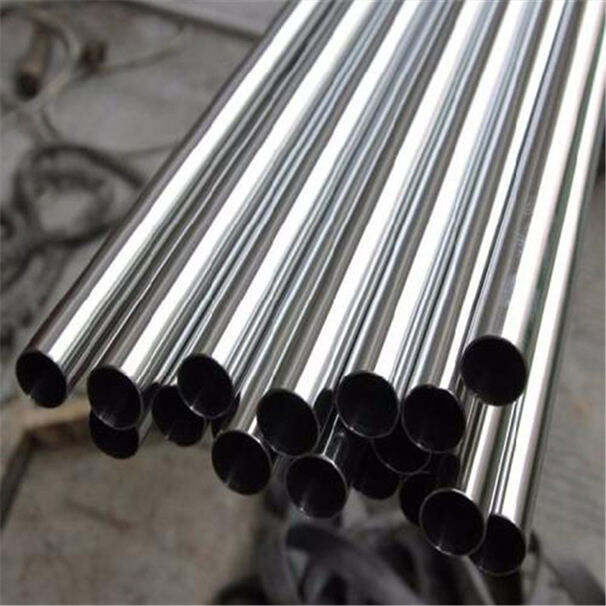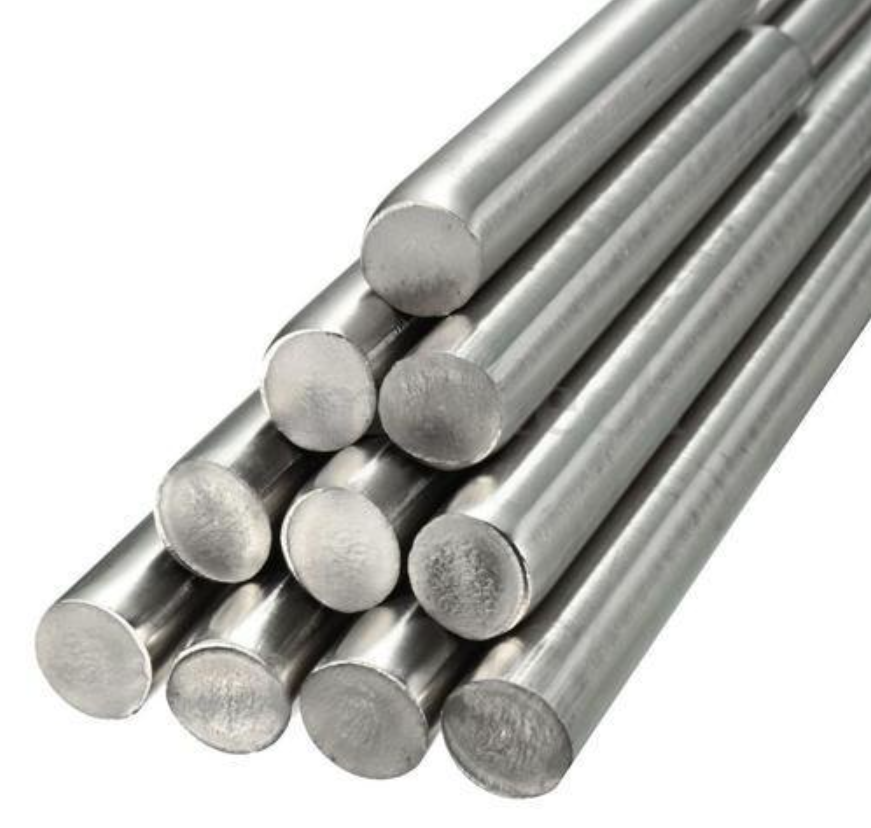Understanding the Critical Role of Stainless Steel in Modern Heat Exchange Systems
In the realm of industrial processes and energy systems, heat exchangers represent a cornerstone of efficient thermal management. At the heart of these sophisticated systems lie steel tubes, specifically engineered to facilitate optimal heat transfer while maintaining structural integrity under demanding conditions. These essential components have revolutionized countless industries, from power generation to food processing, making them indispensable in modern manufacturing and processing applications.
The evolution of heat exchanger technology has consistently highlighted the superior properties of stainless steel tubes. Their unique combination of thermal conductivity, corrosion resistance, and durability has established them as the industry standard. Understanding these benefits is crucial for engineers, facility managers, and industry professionals who aim to optimize their heat exchange systems and achieve maximum operational efficiency.
Material Excellence and Performance Characteristics
Superior Thermal Conductivity Properties
The thermal conductivity of steel tubes plays a pivotal role in heat exchanger efficiency. These components demonstrate exceptional heat transfer capabilities, allowing for rapid temperature exchange between fluids. The molecular structure of stainless steel enables consistent thermal performance across varying temperature ranges, making these tubes ideal for both heating and cooling applications.
Modern manufacturing techniques have further enhanced the thermal properties of steel tubes. Advanced surface treatments and precise engineering ensure optimal heat transfer coefficients, reducing energy loss and improving overall system efficiency. This remarkable thermal performance translates directly into reduced operational costs and enhanced process control.
Corrosion Resistance and Longevity
One of the most compelling advantages of stainless steel tubes is their outstanding corrosion resistance. The chromium content in stainless steel forms a protective oxide layer, effectively shielding the material from chemical degradation. This inherent protection becomes particularly valuable in applications involving aggressive fluids or harsh environmental conditions.
The longevity of steel tubes in heat exchangers directly impacts maintenance schedules and replacement costs. Their resistance to various forms of corrosion, including pitting and crevice corrosion, ensures extended service life even under challenging operational conditions. This durability translates into significant cost savings over the equipment's lifetime.
Engineering Design Advantages
Structural Integrity and Pressure Handling
The mechanical properties of steel tubes provide exceptional structural stability in heat exchanger applications. Their high tensile strength and excellent pressure-handling capabilities make them suitable for systems operating under extreme conditions. Engineers can design more compact and efficient heat exchangers while maintaining safety margins and regulatory compliance.
The versatility of steel tubes allows for various design configurations, including straight tube, U-tube, and spiral arrangements. This flexibility enables engineers to optimize heat exchanger designs for specific applications while ensuring maximum heat transfer efficiency and minimal pressure drop.
Installation and Maintenance Benefits
The practical advantages of steel tubes extend to installation and maintenance considerations. Their weldability and compatibility with standard fitting systems simplify installation procedures. The robust nature of these components reduces the frequency of maintenance interventions, contributing to lower operational costs.
Modern steel tubes feature enhanced surface finishes that resist fouling and scaling, making cleaning and maintenance procedures more straightforward. This characteristic is particularly valuable in industries where regular maintenance shutdowns can significantly impact productivity.
Environmental and Economic Impact
Sustainability Advantages
The environmental benefits of steel tubes in heat exchangers align with growing sustainability requirements. Their long service life reduces the need for frequent replacements, minimizing waste and resource consumption. Additionally, stainless steel's recyclability makes it an environmentally responsible choice for industrial applications.
Energy efficiency improvements achieved through optimized heat transfer contribute to reduced carbon footprints. The superior performance of steel tubes helps facilities meet increasingly stringent environmental regulations while maintaining operational excellence.
Cost-Benefit Analysis
While the initial investment in high-quality steel tubes may be higher compared to alternative materials, the long-term economic benefits justify the cost. Reduced maintenance requirements, extended service life, and improved energy efficiency contribute to a favorable return on investment.
The operational savings achieved through better heat transfer efficiency and reduced downtime make steel tubes a cost-effective choice for heat exchanger applications. These financial benefits become particularly apparent when considering the total cost of ownership over the equipment's lifecycle.

Future Trends and Innovations
Advanced Manufacturing Technologies
Emerging manufacturing techniques are enhancing the capabilities of steel tubes in heat exchangers. Innovations in surface engineering and material science continue to improve heat transfer efficiency and corrosion resistance. These developments promise even better performance characteristics for next-generation heat exchange systems.
The integration of smart manufacturing processes and quality control measures ensures consistent product quality and reliability. Industry 4.0 technologies are enabling more precise control over tube specifications and performance parameters.
Industry Applications and Market Growth
The applications for steel tubes in heat exchangers continue to expand across various industries. From renewable energy systems to advanced manufacturing processes, the demand for high-performance heat exchange solutions drives ongoing innovation in tube design and manufacturing.
Market trends indicate growing adoption of premium steel tubes in critical applications where reliability and efficiency are paramount. This expansion is supported by increasing industrialization and the need for more efficient energy management solutions.
Frequently Asked Questions
How do steel tubes impact heat exchanger efficiency?
Steel tubes significantly enhance heat exchanger efficiency through their excellent thermal conductivity, optimized surface characteristics, and ability to maintain consistent performance over extended periods. Their superior heat transfer properties enable more effective temperature control and reduced energy consumption in industrial processes.
What makes stainless steel tubes corrosion-resistant?
The corrosion resistance of stainless steel tubes comes from their chromium content, which forms a self-healing protective oxide layer. This passive film prevents surface degradation and extends the operational life of heat exchanger components, even in aggressive environments.
What is the typical lifespan of steel tubes in heat exchangers?
When properly maintained, steel tubes in heat exchangers can last 15-25 years or more, depending on the application and operating conditions. Their durability and resistance to wear make them a long-term investment for industrial facilities seeking reliable heat transfer solutions.




